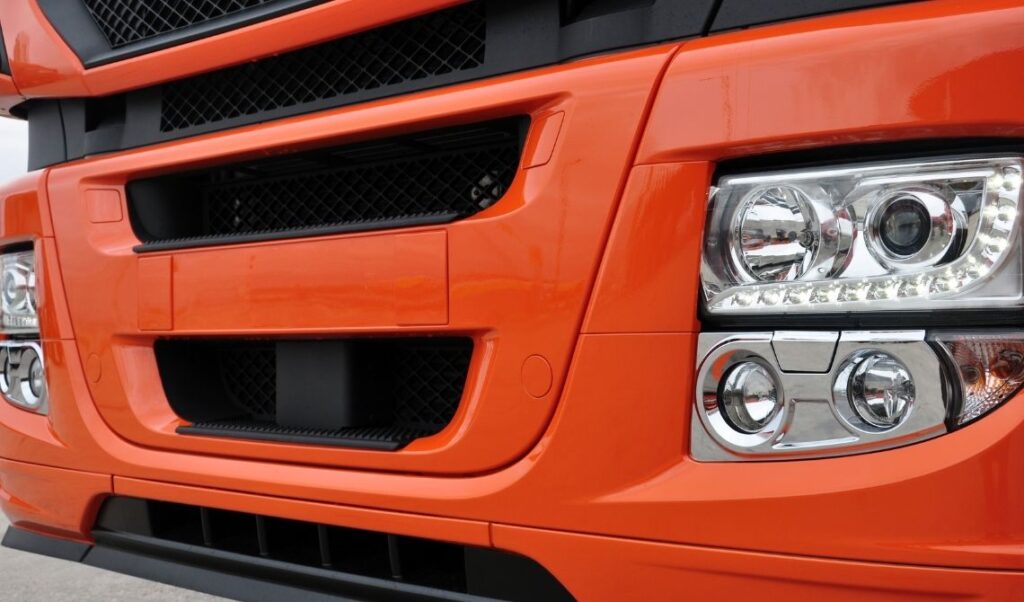Truck mirrors, often overlooked in their significance, are indispensable components that contribute to both safety and style in the realm of trucks. This comprehensive exploration delves into the vital role truck mirrors play, exploring their diverse types, functions, materials, technological advancements, and the impact they have on overall road safety and the aesthetic appeal of these formidable vehicles.
I. The Crucial Functions of Truck Mirrors
- Enhanced Visibility: Truck mirrors are designed to provide drivers with enhanced visibility, minimizing blind spots and enabling a comprehensive view of the surrounding environment. Proper mirror placement is essential for safe lane changes, turns, and overall maneuvering.
- Collision Avoidance: Mirrors play a pivotal role in collision avoidance by allowing drivers to monitor nearby vehicles, pedestrians, and obstacles. Well-adjusted mirrors contribute to early detection of potential hazards, reducing the risk of accidents.
- Backing and Parking Assistance: Mirrors aid drivers during parking and backing maneuvers. Different types of mirrors, such as wide-angle or convex mirrors, offer varying perspectives to assist in navigating tight spaces and ensuring clearance.
II. Types of Truck Mirrors
- Side Mirrors: Mounted on both sides of the truck, side mirrors provide a clear view of adjacent lanes and facilitate safe lane changes. Adjustable features, such as power adjustment and heating, enhance functionality in diverse driving conditions.
- Rearview Mirrors: Rearview mirrors offer a direct view of the rear of the truck. Interior rearview mirrors and exterior rearview mirrors collectively contribute to a comprehensive rearward perspective, crucial for overall awareness and safety.
- Convex Mirrors: Convex mirrors, featuring a curved surface, expand the field of view. Commonly used as spot mirrors or on the passenger side, convex mirrors help eliminate blind spots and enhance visibility of adjacent lanes.
- Towing Mirrors: Towing mirrors are extended mirrors designed for trucks towing trailers or other vehicles. They provide an extended rearward view, ensuring the driver has clear visibility of the entire towed load.
III. Materials Used in Truck Mirrors
- Glass Mirrors: Traditional mirrors use glass as the reflective surface. The glass is coated with reflective material to ensure clarity and durability. Advanced coatings may include anti-glare features for improved visibility.
- Electrochromic Mirrors: Electrochromic mirrors incorporate electrochromism technology, allowing the mirror to automatically adjust its tint based on ambient light conditions. This feature reduces glare from headlights during nighttime driving.
- Mirror Housings: Mirror housings, typically made of plastic, fiberglass, or metal, protect the mirror’s internal components. Durable materials ensure the longevity of the mirror assembly in various weather conditions.
IV. Technological Advancements
- Blind Spot Detection: Modern truck mirrors integrate blind spot detection systems. Using sensors, these systems alert the driver to vehicles in their blind spots, enhancing safety during lane changes.
- Integrated Cameras: Some truck mirrors now feature integrated cameras to provide additional visibility around the vehicle. These cameras aid in parking, backing up, and monitoring the truck’s surroundings.
- Heated Mirrors: Heated mirrors prevent frost and ice accumulation, ensuring clear visibility in cold weather. This feature contributes to safety by maintaining unobstructed mirrors during adverse weather conditions.
V. Impact on Aerodynamics
Truck mirror design can influence the aerodynamics of the vehicle. Aerodynamic mirrors reduce wind resistance, contributing to improved fuel efficiency. Manufacturers strive to balance aerodynamics with functionality in mirror design.
VI. Compliance with Safety Standards
Truck mirrors must comply with safety standards set by regulatory authorities, including the National Highway Traffic Safety Administration (NHTSA). These standards ensure that mirrors meet specific criteria for visibility, durability, and safety.
VII. Maintenance and Adjustment:
Regular maintenance of truck mirrors is essential for optimal functionality. Periodic cleaning, adjustment, and inspection of mirror assemblies contribute to overall safety and visibility on the road.
VIII. Customization Trends
- Mirror Caps and Covers: Truck owners often opt for customized mirror caps or covers to add a personal touch to their vehicles. These accessories come in various styles, colors, and materials to complement the overall aesthetic.
- LED Turn Signal Integration: Integrated LED turn signals are a popular customization trend for side mirrors. Beyond aesthetics, this feature enhances visibility for other drivers, especially during lane changes or turns.
IX. Conclusion
Truck mirrors, often overshadowed by larger components, stand as silent guardians of safety and style on the road. From providing a clear view of the surroundings to integrating advanced technologies, these mirrors play a pivotal role in enhancing the overall driving experience. As we navigate highways and byways, let’s acknowledge the importance of these reflective sentinels, ensuring both safety and style are seamlessly integrated into the dynamic world of trucks.
For detailed information: Truck Body Parts

